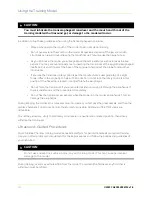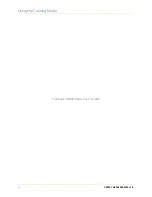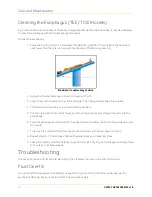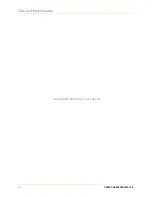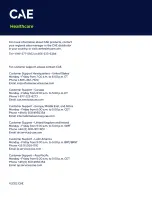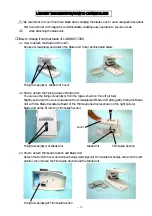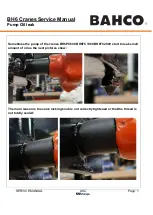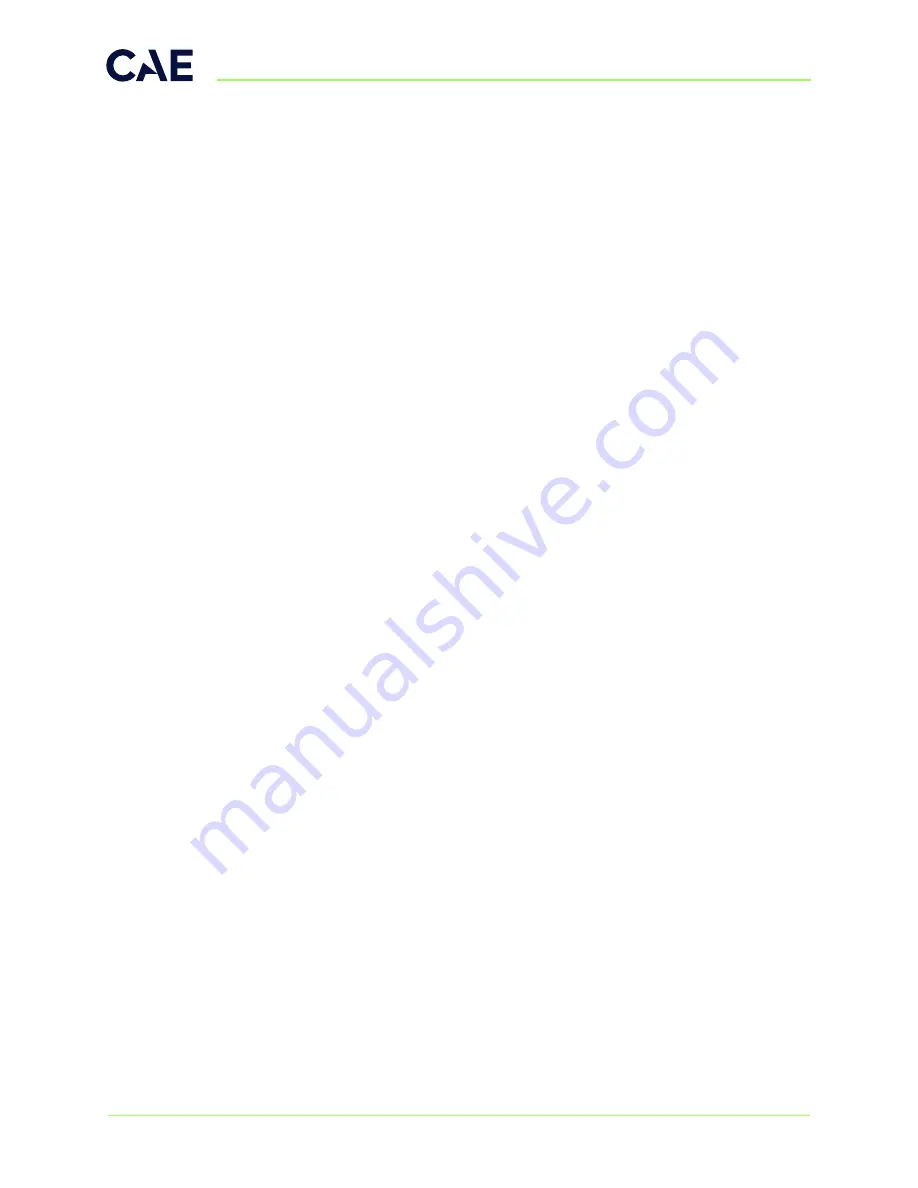
©2022 CAE 905K004752 v1.0
15
Care and Maintenance
Withdraw excess fluid to alleviate overfill, or, with the Quick Fill method, make sure the IV bag is not hanging
any higher than 12 inches (30 cm) above the training model.
Removing Air
Fluid can evaporate from the model during shipment or during extended periods of non-use. Air may also
enter through accidental injection during fluid filling or training use. This may cause the Simulex tissue to
stick together in some areas, preventing fluid from circulating. Remove any air from the model for optimal
performance.
To remove air:
1. Push 500 ml of fluid into the heart line labeled “Effusion.”
2. Massage the area on the surface of the model around the heart to help circulate the fluid.
3. With a helper, tilt the model up 6-10” (15-25 cm) with the legs higher than the head. Make sure
to support the head/neck.
4. Let the model sit for at least one hour to allow any air to rise toward the spine. You can leave it
overnight for this step, if preferred.
5. Use the included syringe to slowly pull the fluid out of the model.
6. Watch for air bubbles and let them rise to the top of the syringe.
7. Slowly push the fluid back in without pushing the air back in.
8. Repeat Steps 5 to 7 three to four times, as needed.
9. Dispense any remaining fluid back into the container and use the syringe to remove any
additional fluid. When the effusion is empty, the syringe will be under vacuum. Do not put
excessive force on the syringe or the tissue may rupture.
10. If the procedure is not successful, fill the model again with 500 ml of fluid and let it sit overnight.
Then repeat the procedure.
Summary of Contents for Blue Phantom Echocardiography and Pericardiocentesis Ultrasound Training Model
Page 1: ......
Page 2: ......
Page 4: ...Contents ii 2022 CAE 905K004752 v1 0 THIS PAGE INTENTIONALLY LEFT BLANK...
Page 10: ...Introduction 6 2022 CAE 905K004752 v1 0 THIS PAGE INTENTIONALLY LEFT BLANK...
Page 16: ...Using the Training Model 12 2022 CAE 905K004752 v1 0 THIS PAGE INTENTIONALLY LEFT BLANK...
Page 20: ...Care and Maintenance 16 2022 CAE 905K004752 v1 0 THIS PAGE INTENTIONALLY LEFT BLANK...
Page 21: ......










